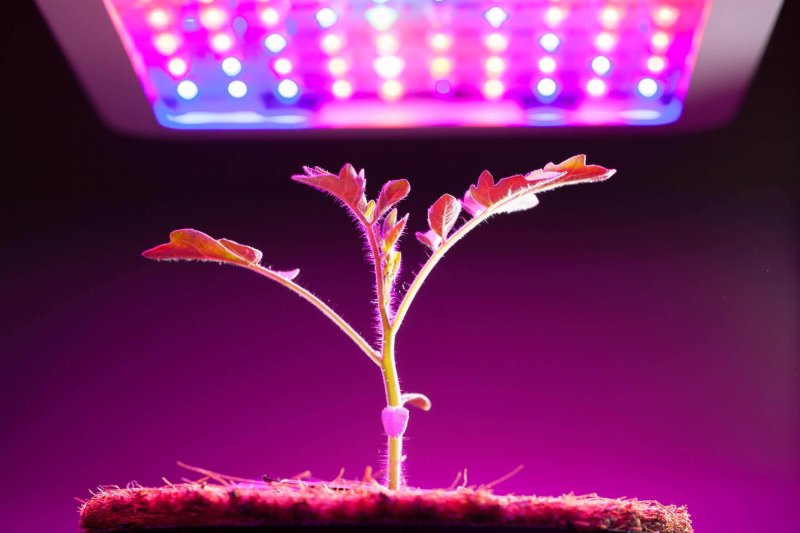Although CRISPR has been slower to realize agricultural applications than biotechnology and biomedical applications, it is ready to help us cope with an array of agricultural challenges that includes an expanding population, a rapidly warming climate, and a shrinking supply of arable land.
CRISPR-Cas9 technologies can help product developers accomplish tasks that would severely test or simply exceed the capabilities of traditional plant breeding technologies. For example, CRISPR-Cas9 technologies excel when product developers need to enhance genetic variability.
“It’s all about genetic variability,” affirms Sam Eathington, PhD, the chief technology officer at Corteva Agriscience, one of the Big Four seed companies. “In some crops, we don’t have as much variability as we’d like. There are times that variability is locked up in parts of the genome that you just can’t unlock easily. Or you bring in a gene for improved disease resistance from a wild species that can intermate, but you bring along a whole bunch of stuff that’s detrimental.” CRISPR can overcome those obstacles, accessing that variability while removing unwanted baggage.































